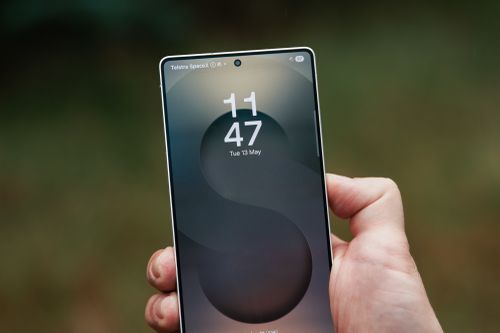Share this @internewscast.com
Australians living in metro and built-up regional areas might take for granted their mobile coverage.
But travel just a short distance from the city or town and things start to get patchy.
Depending on whose numbers you believe, the reality is that only 25-30 per cent of Australia has mobile coverage.

Telstra has introduced “Telstra Satellite Messaging,” enabling regular mobile phones to access the Telstra network through the SpaceX Starlink satellite system.
New versions of the Starlink satellites have been launched above Australia with “direct to cell” capabilities.
Telstra has been testing this for some months and today switched the service on for their customers.
Optus was the first to do a deal with SpaceX but the technology took too long to be certified, allowing Telstra to jump in and capitalise.
Vodafone is also testing this technology with an alternative satellite provider.
Today, the service is strictly limited to SMS messaging and works only with the latest Samsung Galaxy S25 with the latest software.
Meanwhile, in the United States, T-Mobile is trialing the service on many devices, including certain older Samsung phones, iPhones from the last 3-4 years, Google devices, and Motorola’s foldable razr smartphone.
Compatibility for any new devices other than the Samsung Galaxy S25 will require a software update and validation on the Telstra network though.
What this allows is really quite remarkable.
Telstra customers with an upfront plan who move beyond the usual mobile coverage can see “Telstra SpaceX” as the network if their phone has an unobstructed view of the sky, indicated by a Satellite icon in the signal area.

From there, open your SMS app and you can send a message to any Aussie mobile number.
There is, of course, no triple-zero emergency application for this as it’s limited to SMS, but no matter what your circumstance, you can most certainly communicate with your friends and family – anywhere.
In time, likely 2026, the ability to make calls will follow, and data access is also planned, though it will be slow and mainly for messaging-style applications.
For a country like Australia with our large unpopulated landmass, this is a revolutionary change to our communication networks.












